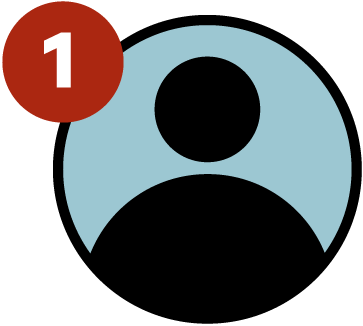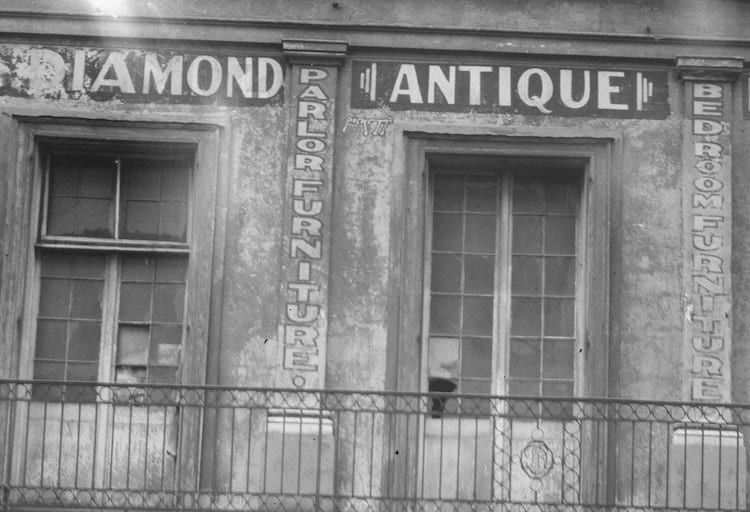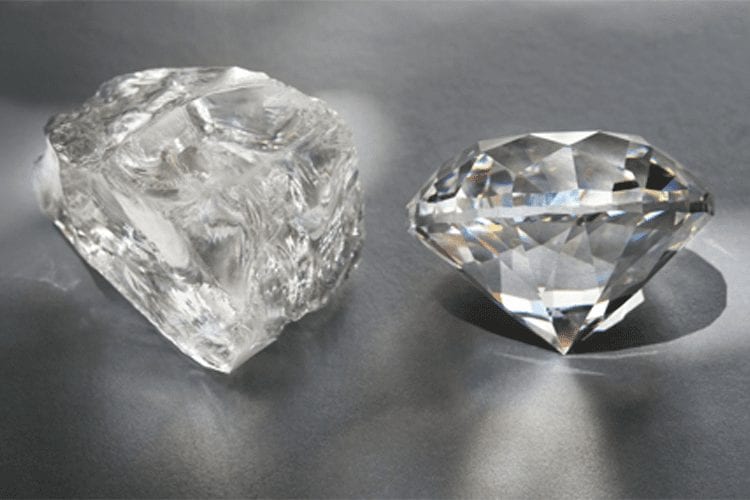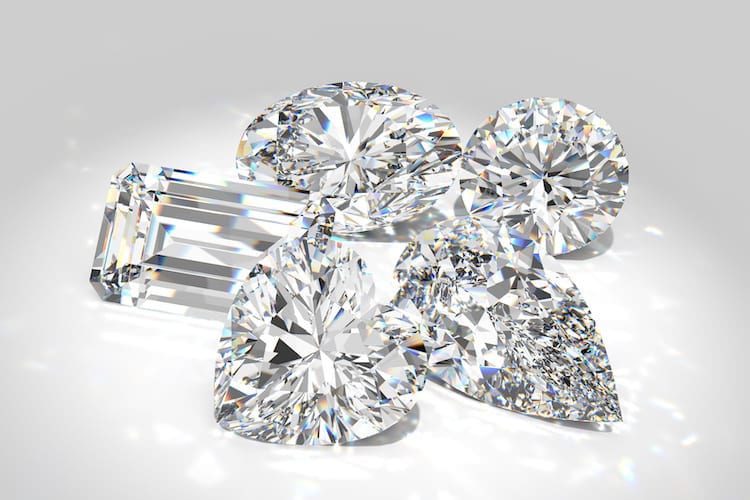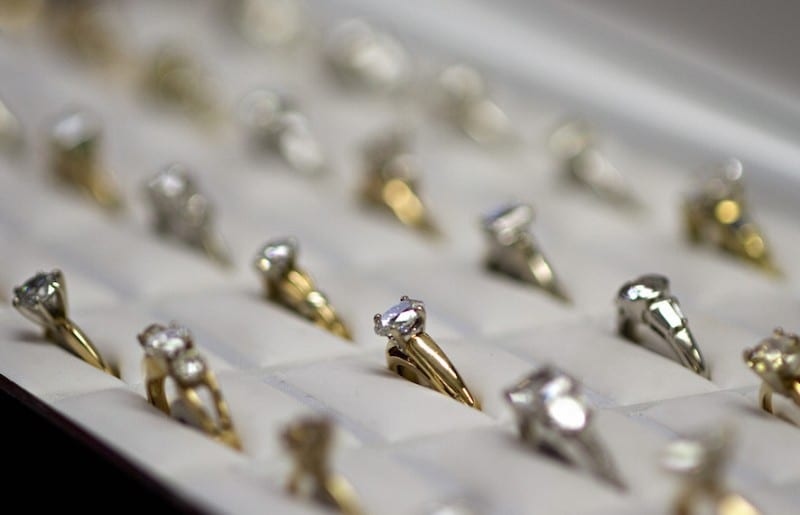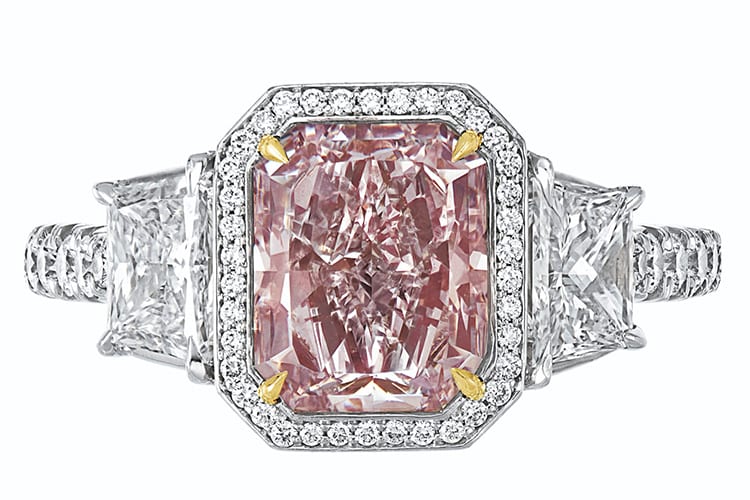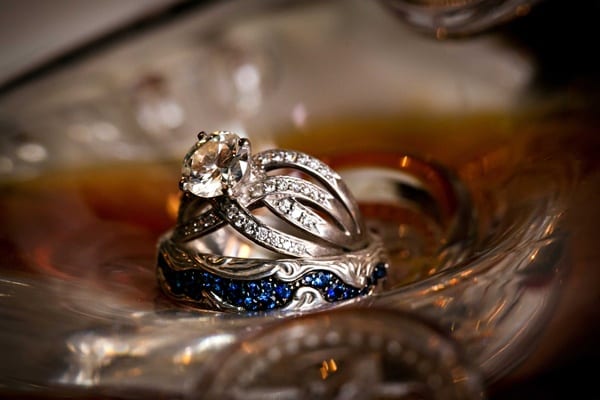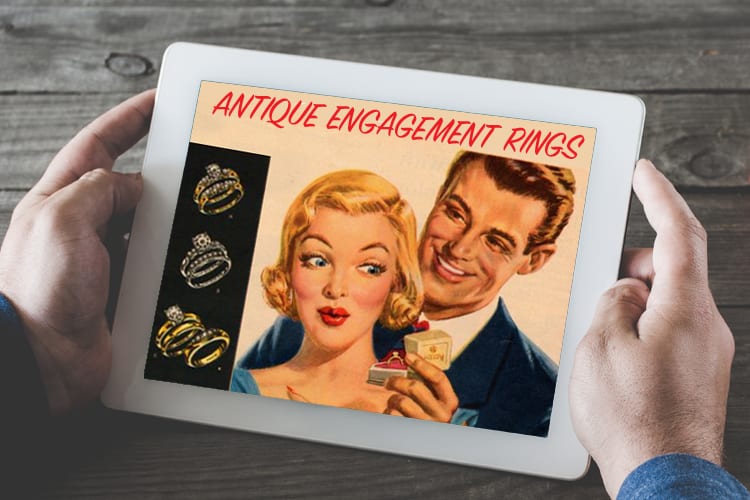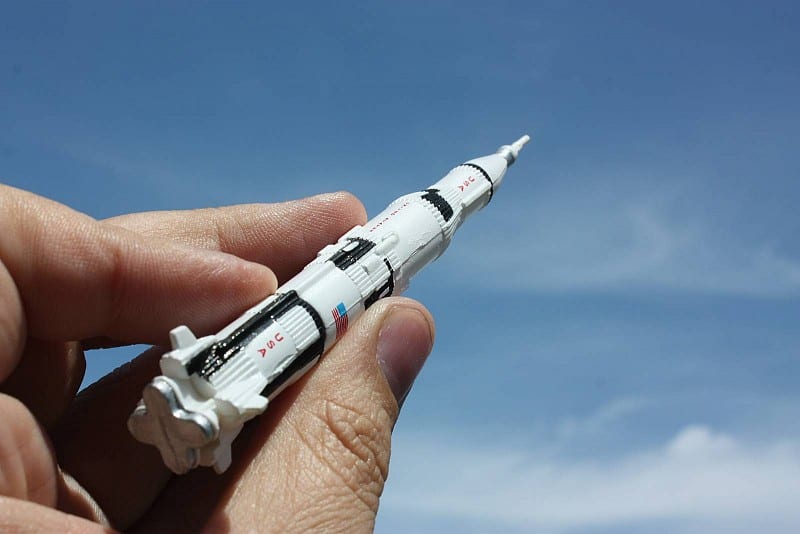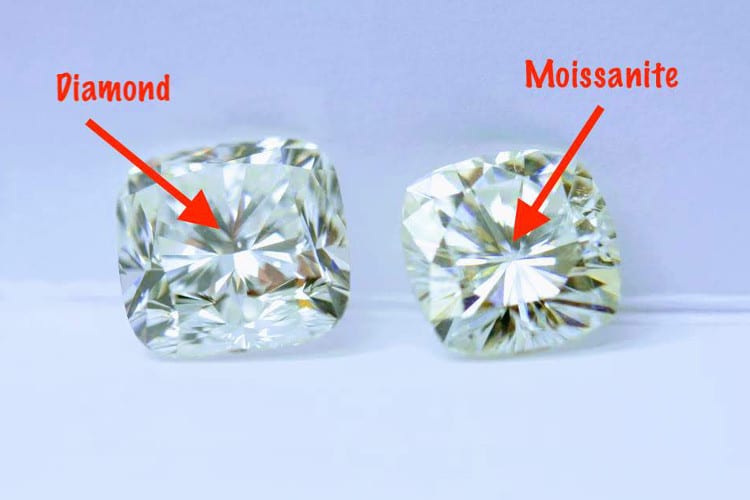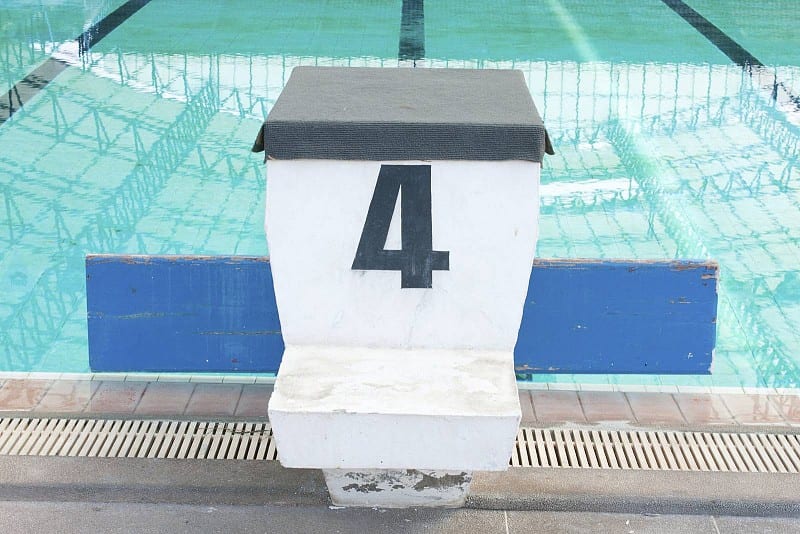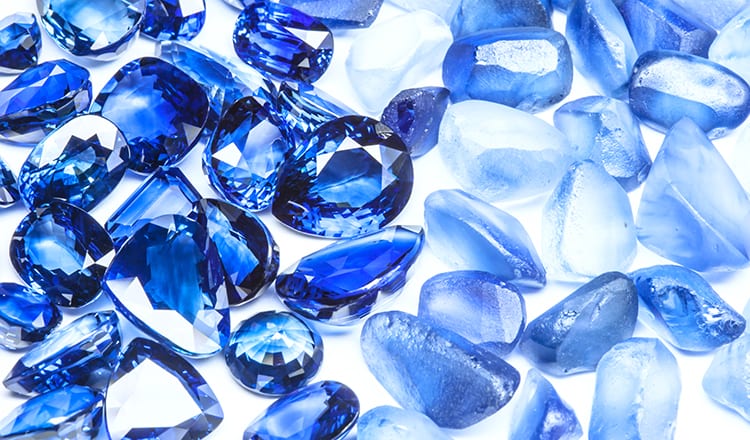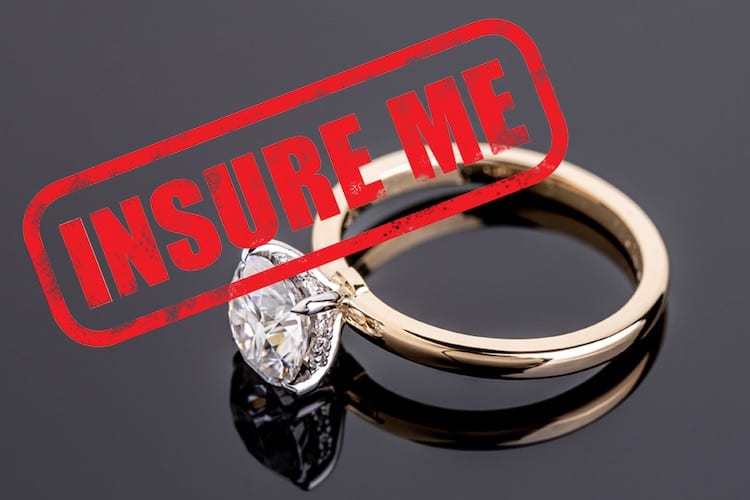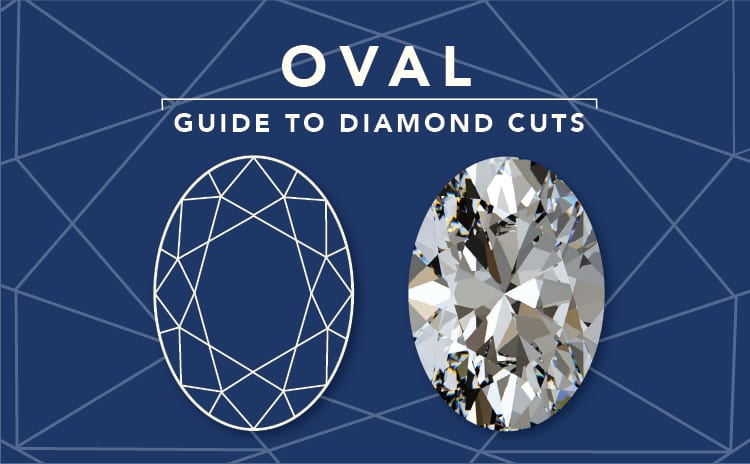
Pros/Cons of an Oval-Shaped Diamond: The shape is just different enough to stand out compared to a round diamond and it can help the stone look bigger than it really is. But it’s also hard to stack.
Tip 1: Consider the sideways east-west setting orientation in addition to the more commonplace north-south alignment.
Tip 2: Watch out for lack of symmetry and for the “bow-tie effect.”
When you want a diamond ring to be slightly different but not so odd that it could become dated quickly, you go with an oval. Why? Because oval-cut diamonds have the same intricate faceting as the classic round diamond, so you’ll get all the flashy reflection, but with an elegant, elongated shape. This classic “fancy cut” (any shape non-round) lends itself to many designs, combining the curved symmetry of a round brilliant with the flattering length of a marquise or pear. It’s a classic that can stray from the norm.
History of the Oval-Cut Diamond
The oval cut is one of many fancy shapes introduced in the 18th century when the brilliant style of faceting was introduced. Probably the most famous oval diamond is the 105.60-carat Koh-i-Noor, given to Queen Victoria in 1850 and now set in a crown in the Tower of London.
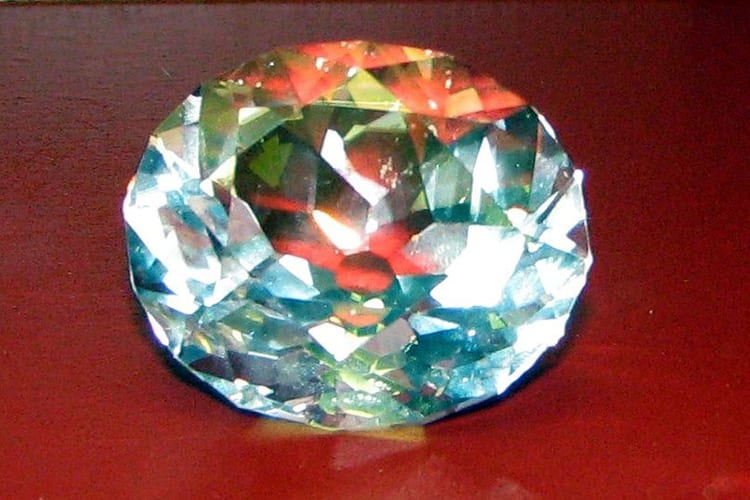
Oval was a popular choice in engagement rings back in the late-1950s, and took off again at the turn of the 21st century. It takes well to many designs that work for the round brilliant. Because the oval cut can range from the plump, almost circular Wittelsbach-Graff blue diamond to slender like a marquise with rounded points, you can find it in a variety of settings.
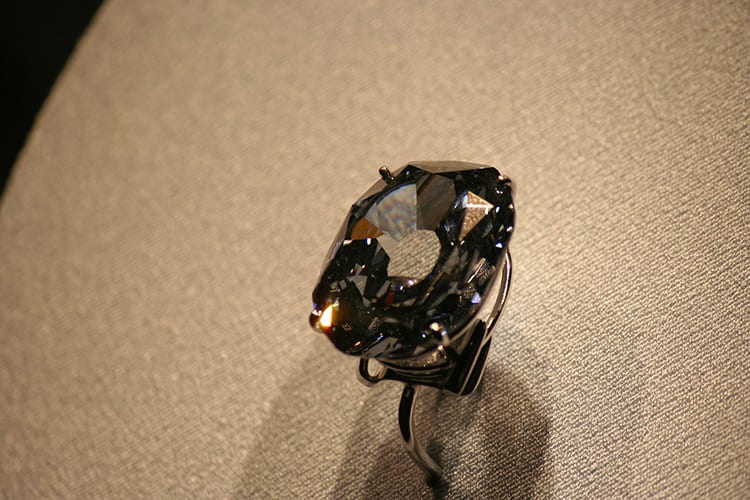
So she wants an oval-cut diamond? Go to Whiteflash or James Allen to see what kinds of ring designs work best with that shape (and others). Their selection spans from vintage to modern — and across all budgets.
Famous Oval-Cut Diamond Rings
Blake Lively wears a large pale pink oval-cut diamond from husband Ryan Reynolds (see below).
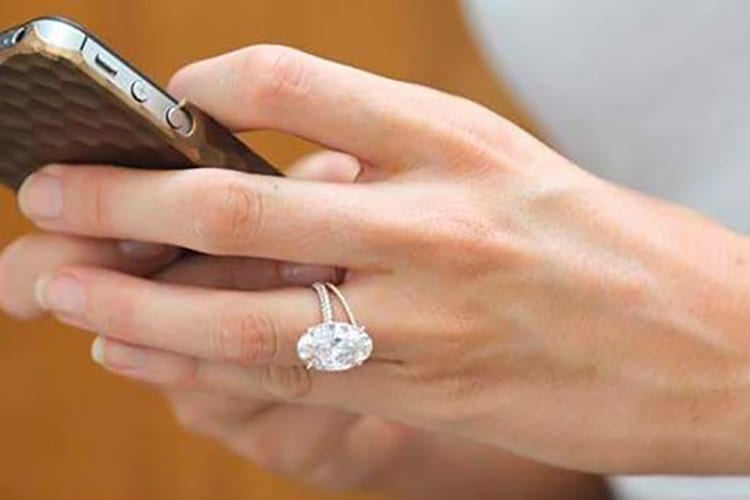
Justin Bieber proposed to Hailey Baldwin in 2018 with an oval diamond in a ring he designed himself (proudly displayed on her Instagram, of course, below).
One of the most distinctive diamond rings to appear on the red carpet recently is the 11-carat oval on Scarlett Johansson marking her engagement to Colin Jost (it’s the gigantic stone on her ring finger below).
Designed by James de Givenchy of Taffin, it goes against many standard guidelines for fine diamonds. The oval itself is symmetrical but tapered in shape with the diamond light brown and mounted in a curve of black enamel, set so it appears to be floating above the ring. It’s a great example of how rules can be beautifully broken in the right hands.
What are the Best Settings for an Oval-Shape Diamond?
Blake Lively’s 7-carat oval cut ring was designed by Lorraine Schwartz in a slender rose-gold split band with pavé diamonds. It’s estimated to have cost Ryan Reynolds $2 million. A split or double band is an effective way to support such a large diamond. But even with a more modest size stone, split bands take advantage of the elongated shape.
Although most oval diamonds are mounted to mirror the length of the finger, this shape also lends itself to a sideways, or east-west setting, a style that’s gaining traction. Annie Fernstein set a .65ct rose-cut oval sideways and surrounded it with pavé diamonds in 18k yellow gold — it costs $5,750.
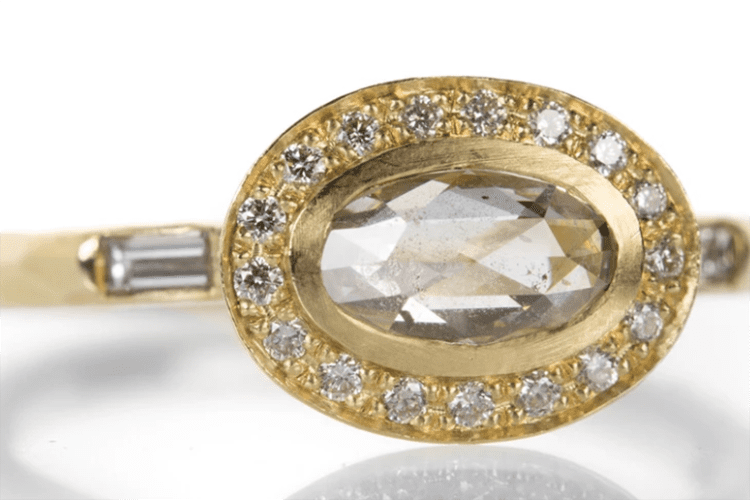
While the standard oval diamond offers a modern brilliant cut for extra sparkle, we’re seeing more rose cuts emerge in stores and pop culture. An example is the Eloise Ring by Erica Courtney, with a 1-carat rose-cut diamond flanked by smaller round rose cuts in a diamond-pavé band.
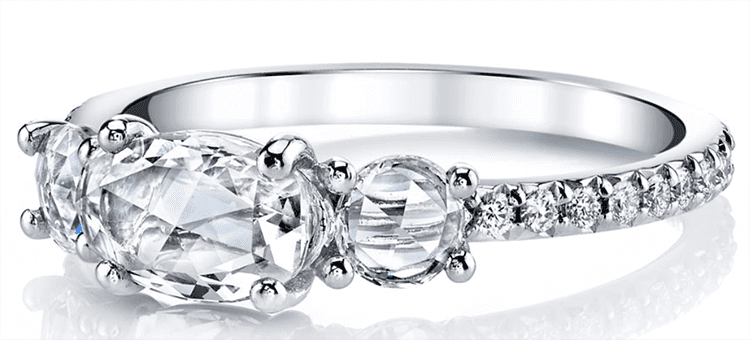
How Much Does an Oval-Cut Diamond Cost?
A 1.09-carat oval-cut diamond with good cut, K color and VS1 clarity (very slight inclusions) costs about $2,400 on Blue Nile. Add a slender platinum band with micro-pavé diamonds and you’re looking at $3,400. A more elaborate vintage style setting with a diamond halo in 14k white gold brings the total to $3,900.
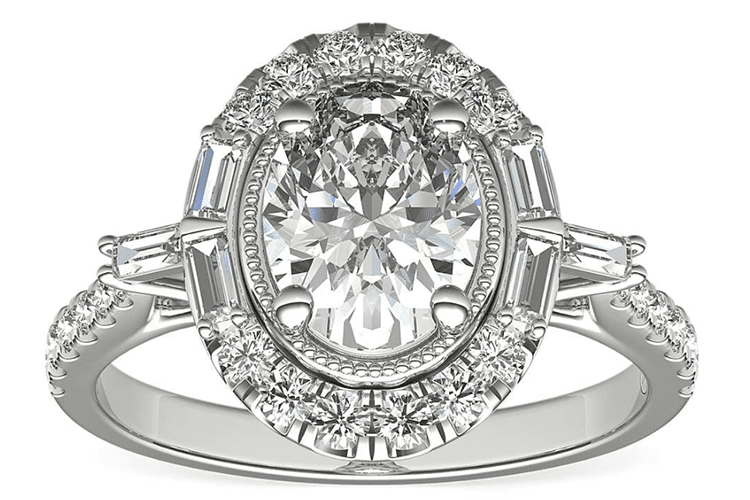
The price of the diamond itself goes up sharply as you upgrade color and clarity. I recommend comparing some diamonds in person to get a feel for the difference here. A hidden inclusion can lower the clarity rating as well as the price, for example, but if it’s invisible to the eye, you may get more size and sparkle for the same price.
James Allen, last we checked (see below), had more than 5,000 oval-shape diamond rings, including dozens of 1-carat diamond starting at around $3,000. You can adjust the criteria on their site and see how color, clarity, cut, and carat weight affect price.
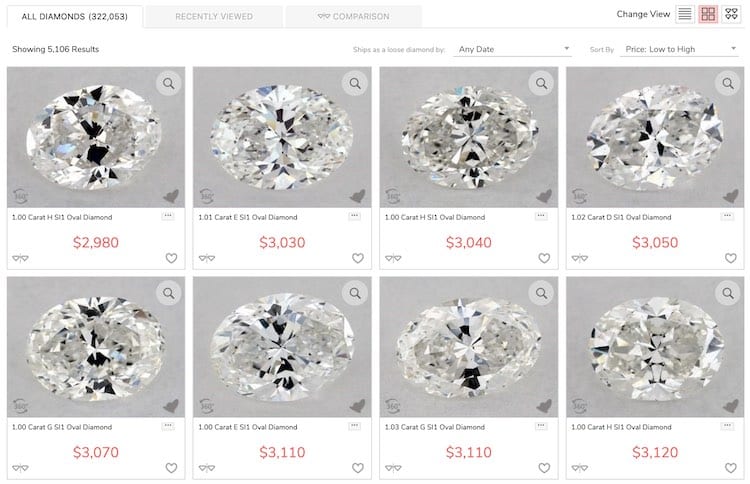
What’s more, you can select a few rings at a time on the site (click on the side-by-side hearts at the bottom left corner) and then compare them across categories: carat, color, clarity, as well as polish, symmetry, measurement size, price and more. All come with GIA certificates.
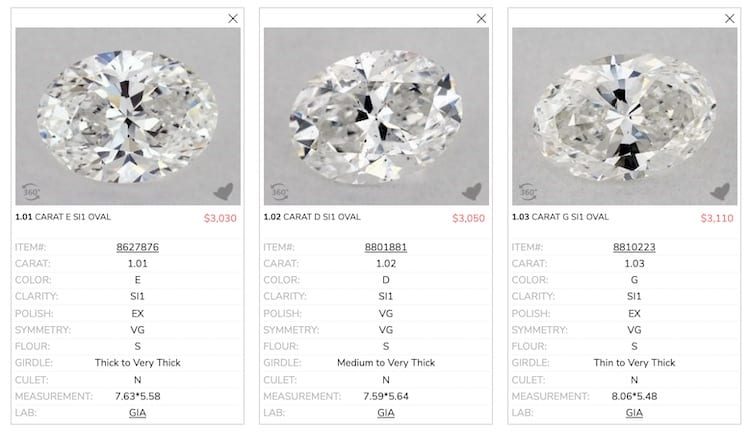
Don’t be a sucker: Buy rings from trusted online sources James Allen, Whiteflash, and Blue Nile. You’re guaranteed to find better and more in-depth information thanks to their videos and listing details.
What to Watch Out for with Oval-Cut Diamonds
Check for symmetry of shape and faceting by mentally dividing the stone in half first from top to bottom, then side to side. The stone should have sufficient depth even at the edges of the girdle to avoid chipping. Look for the bowtie reflection at the center of the oval. This is actually your own head and shoulders reflecting back to you. Some bowtie reflection is normal, but it shouldn’t be too pronounced — learn more about the bow-tie effect in our analysis of pear-shape diamonds.
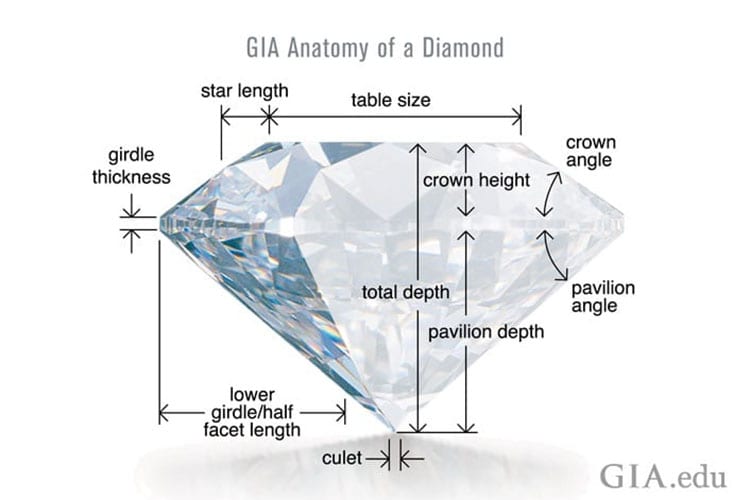
Pros and Cons of the Oval-Cut Diamond
Pros: This is a fancy cut but it’s not that fancy. Usually, an oval diamond is a stretched out version of the most common cut, the round brilliant. But you can get the illusion of a bigger diamond without paying for extra carat weight. A nice oval diamond can expand the design possibilities of a ring without straying too far from classic.
Cons: The oval diamond is slightly less easy to stack and slightly less conventional than a round. Whether that is a plus or a minus depends on your bride’s taste.
Bottom Line
A well-cut oval diamond is feminine and just a little out of the ordinary, taking on a variety of designs, from sleek to intricate. It’s a diamond a woman can live with for a long time without getting bored or looking dated.

